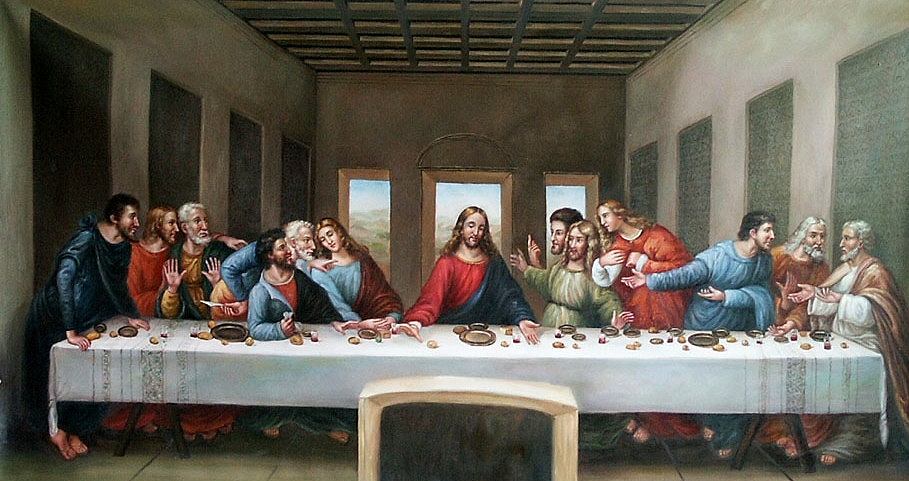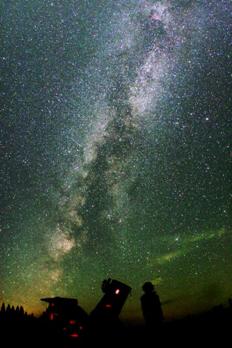if paganism is ignorance, unsa na lang kaha ang religionism no? way below ignorance tingali.
Results 131 to 140 of 734
-
06-06-2009, 03:39 PM #131Banned User

- Join Date
- May 2008
- Gender

- Posts
- 6,786
-
06-06-2009, 03:54 PM #132
-
06-06-2009, 04:03 PM #133
-
06-06-2009, 04:06 PM #134Banned User

- Join Date
- May 2008
- Gender

- Posts
- 6,786
because, mr.regnauld, the sun is not an Anthropomorphic God.
-
06-06-2009, 04:11 PM #135
if offering animals and stuff is paganism then nganong mao manang gbutang nga paagi sa pag please sa ginoo sa kang cain ug abel..kapoi kaayo ning bible oi..daghan symbolism..i bet sandamakmak napd na nga mga hidden meanings and symbols na dapat nmo i uncover usa nmo makuha ang tinuod..no wonder
-
06-06-2009, 05:18 PM #136
This idea of Mr. REG is not valid in any point of reasonning, he just trying to prove something that he cannot and since making annalogies which not elogical in any sense?
The idea of mr. reg is collecting PARTICULAR ideas to make it a UNIVERSAL idea which in either way would not work.
example:
there are 12 apostles
and there are 12 zodiac signs
therefore both apostles and zodiac signs thesame since there 12.
a nonsense and vague conclusion! But the best way to find the TRUTH is looking the beg PICTURE (UNIVERSAL) then disecting the facts (particulars) of a picture, not making many particular conclusion then making a universal out of those facts.
EXAMPLE
EARTH
whats is earth, what is it made of? who made it, is it alone? ext. so that we can arrive to the truth about earth.
HUMANS
what is a human person, what are the two physical appearance of a human being/person, how they differ from each other, then will arrive in a universal conclusion about humans
THUS I can see that mr. reg is making all things appear that big that he doesnt to want to particularize each detail which will give the truth on a particular topic.
always making statements like; GOD is UNIVERSAL, shoudnt we ask questions about that universal GOD? but mr. reg is making things so universal that even budha, jesus, brahma, sheva ext are all thesame in his eyes. WHICH to FAR from the TRUTH.
DO you have a family REG? is your family same with mine? or the rest of the WORLD? the answer is NO. THUS the IDEA of FAMILY is UNIVERSAL but for us to understand it we need to check every culture, history, religion, ideologies ext to see whats that reality of a family mr. reg. same with everything.
we always have our differences and you will not be able to make am ideology that would make it ONE!
So what can say about the works? WE are the pilgrim church bro, where not dead, we commit mistakes but those mistakes doesnt affect the church holiness.
-
06-06-2009, 05:20 PM #137
-
06-06-2009, 05:50 PM #138
-
06-06-2009, 05:57 PM #139Banned User

- Join Date
- May 2008
- Gender

- Posts
- 6,786
-
06-06-2009, 06:04 PM #140
i already excommunicated myself...that's my choice..freewill pero i guess i have to pay for it man ghapon in the end..kai muadto man kos ever burning furnace of fire and sulphur..but still god loves me...and he so lovingly chose to give his creations freewill to go against him..but still went on with it knowing that not all of his creations will be obedient..i don't know..just like what brownprose said..."where do i jump?"...hehehe!
Advertisement
Similar Threads |
|











